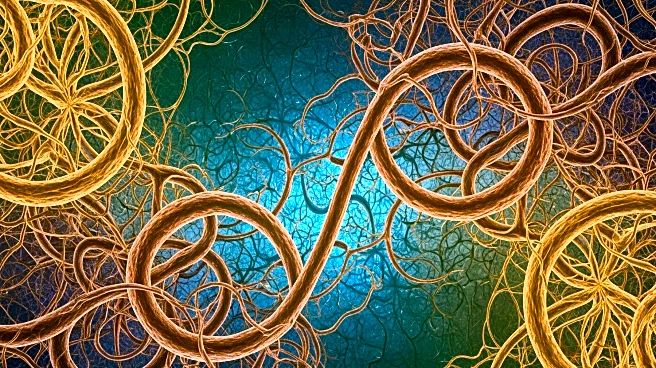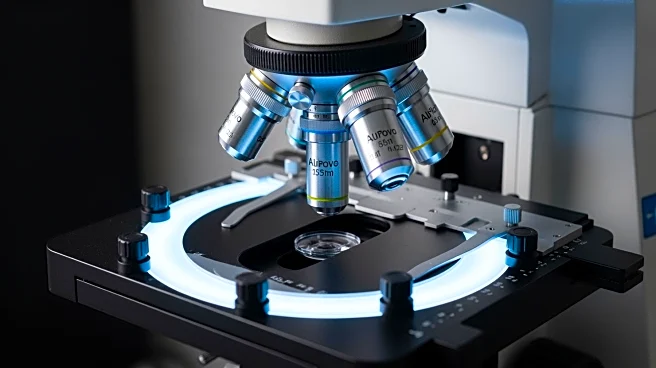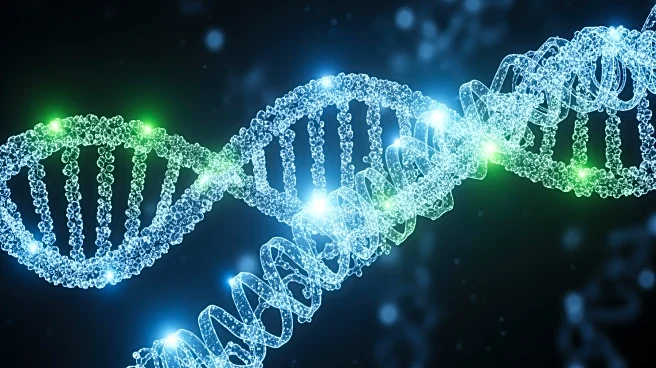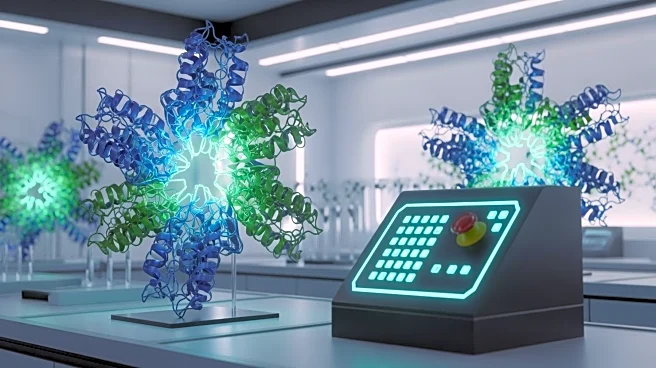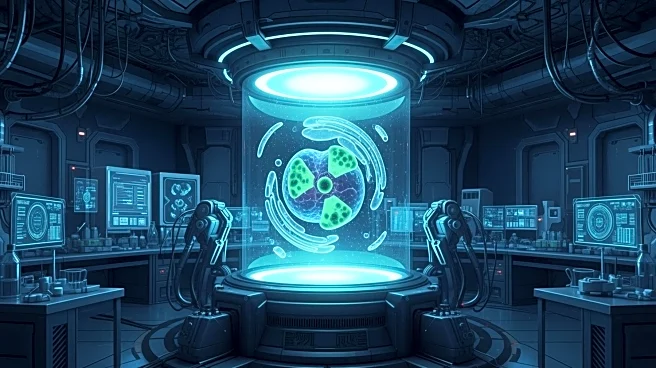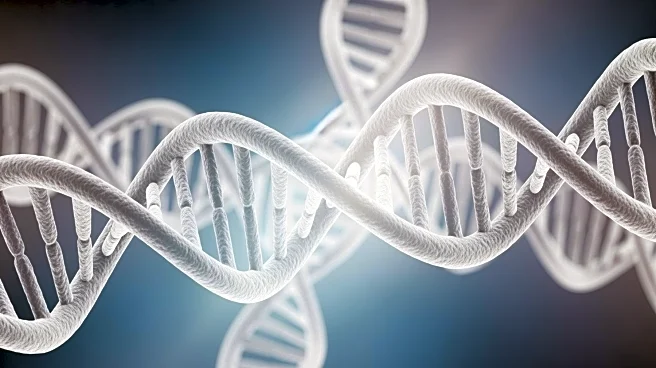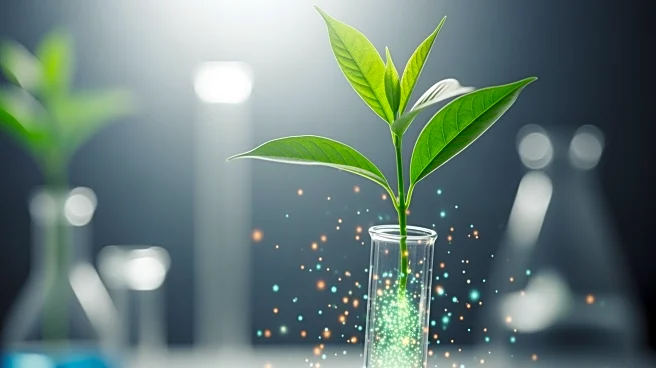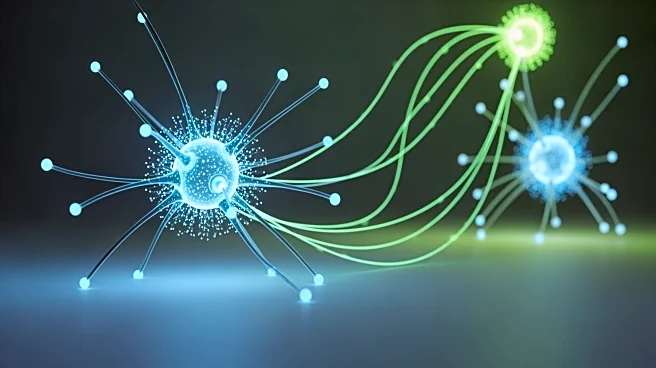What's Happening?
A study published in Nature has characterized the trajectories of induced cohesin loop extrusion in living cells. The research involved culturing HAP1 and 293TX cells and using various antibodies and plasmid
constructions to observe cohesin accumulation at CTCF sites. The study found that TACL-induced cohesin accumulation led to queuing of extruding cohesin holoenzymes, forming in vivo cohesin traffic jams. This pattern suggests that extruding cohesin complexes were halted upon encountering another paused cohesin stalled at a CTCF-bound site.
Why It's Important?
Understanding cohesin loop extrusion is crucial for insights into chromatin organization and gene regulation. The findings could have implications for genetic research and the development of therapies targeting chromatin-related diseases. The study enhances knowledge of cellular processes, potentially influencing future research in genetics and molecular biology.
What's Next?
Further research may explore the applications of these findings in medical and genetic fields, potentially leading to advancements in treatments for chromatin-related disorders. Scientists might investigate the broader implications of cohesin loop extrusion on gene expression and cellular function.
Beyond the Headlines
The study raises questions about the ethical considerations of genetic manipulation and the potential for unforeseen consequences in cellular processes. It highlights the importance of responsible scientific exploration and the need for ongoing dialogue about the implications of genetic research.
